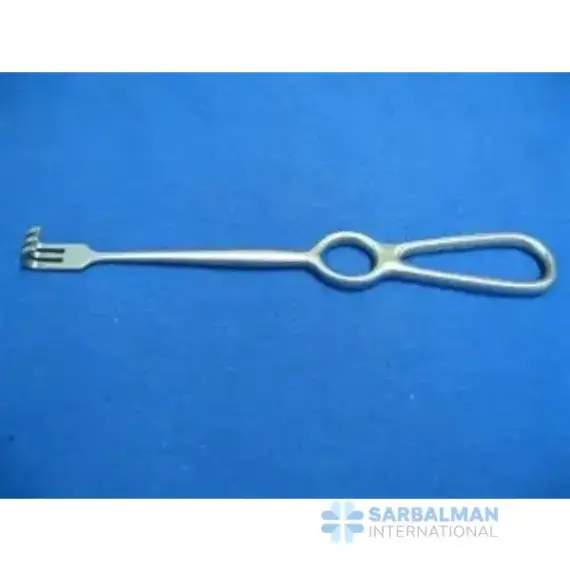Tissue Retractor
Free!
This Tissue Retractor is a reusable, stainless-steel instrument for gently holding back skin and soft tissue to improve visibility during surgery. Its balanced handle, smooth contours, and low-glare finish provide secure control with minimal trauma. Ideal for general, plastic, orthopedic, and ENT procedures, it offers quick, precise retraction without complex setup. Fully autoclavable and built for repeated sterilization, it’s a dependable choice for clear exposure and efficient workflow.
Description
A Tissue Retractor is a handheld surgical instrument used to gently hold back skin, muscle, or soft tissue to create a clear working space during procedures. Crafted from medical-grade stainless steel, it offers firm, precise control with minimal trauma to surrounding structures. The ergonomic handle and balanced weight help the surgeon maintain steady exposure while reducing hand fatigue. A satin, low-glare finish supports visibility under operating lights, and the instrument is fully reusable and autoclavable.
Key features and benefits:
• Handheld design for fast, precise tissue retraction
• Medical-grade stainless steel for durability and corrosion resistance
• Smooth, rounded edges that minimize tissue trauma and marking
• Satin finish that reduces glare in bright surgical fields
• Reusable, autoclavable construction to support sterile workflows and lower per-case cost
• Balanced handle for comfortable, secure grip over longer cases
Typical use cases and applications:
• General surgery: superficial and moderate-depth exposure
• Plastic and reconstructive procedures: delicate skin and fascia handling
• Orthopedic and trauma cases: local soft-tissue retraction near bone
• ENT and maxillofacial work: confined spaces requiring fine control
• Minor procedures and wound closure in clinics and emergency settings
How it compares:
• Versus self-retaining retractors, a handheld retractor provides quicker setup and tactile feedback, ideal for shorter or smaller incisions.
• Different tip styles (rake, blade, blunt or sharp points) allow you to match the instrument to tissue density and depth, improving control and reducing slippage.
Care and handling:
• Clean promptly after use, inspect tips for alignment, and sterilize per hospital protocol. Proper maintenance preserves edge integrity and smooth operation over many cycles.




